Lady Beach Cruiser Bike Manufacturer introduces how to repair bicycles:
1. Rub the transmission line tube against the frame, rub off a piece of paint, and stick transparent tape on the contact area.
2. Adjusting the derailleur still cannot improve the noise and inaccurate shifting problems. The flywheel lock ring may be loose, causing the flywheel to slightly shake and make a sound when it rotates. You need a special tool to fully tighten the lock ring, but you can use your fingers to tighten it as much as possible, enough to ensure a safe ride home or to a nearby car shop.
3. The flywheel is rusty. A small amount of rust will not accelerate the wear of the flywheel, so there is no need to worry too much. Generally, using a little more lubricating oil can prevent the rust from continuing, and the chain will wear off when riding.
4. When using certain gear ratios, tooth skipping occurs when pedaling, and there may be something between the sprocket. If you can see mud, weeds, leaves, branches, or any foreign objects stuck in the flywheel, dig it out. These things prevent the chain from engaging the flywheel properly. If there is nothing, this flywheel may have worn out. This phenomenon usually indicates that the chain and flywheel need to be replaced.
5. The front derailleur cannot be accurately changed to a chain, check whether the guide plate is parallel to the chain (observed from directly above), loosen and reposition the front derailleur according to the situation. If they are parallel, you may need to adjust the high/low limit screws, preferably by a car shop or an experienced person.
6. The rear derailleur continues to make a sharp noise, and the guide wheel is short of oil and needs to be lubricated. Lubricate from the side and wipe off excess oil.
7. The brake feels weak, although the brake shoes do not need to be replaced, the brake cable may be stretched. Turn the brake fine-tuning nut counterclockwise (usually near the brake caliper or brake hand, at the end of the brake line pipe) to bring the brake shoe close to the rim. Adjust according to your habits.
8. There is a drag feeling when braking, and there may be grooves or small pits on the braking surface of the rim. Every lap hits the brake pads, which makes people feel uneasy. Take the car to the car shop.
9. One side of the brake block rubs against the rim or is very close. Before fiddling with the brakes, open the quick release of the wheel and correct the wheel to see if the problem can be solved (this is the most common solution.) If the wheel is very straight, but The brake block on one side is still rubbing against the rim, you need to adjust the brake. Most brakes nowadays are adjusted by screwing an adjustment screw on the side or on the brake caliper (usually there is an adjustment screw on each side.) A few adjustment screws to see if it affects the position of the brake block. If the brake is located in the center of the wheel, but the brake block still rubs against the rim, the two sides may wear unevenly due to the previous incorrect adjustment; smooth the brake quickly and re-calibrate.
10. Make a scream when braking, wipe off the oil or cleaning agent remaining on the rim. If it doesn't work, polish the brake shoes with sandpaper or a file. Still noisy? Need to loosen the brake shoes and adjust the toe-in, that is, let the front half of the brake shoes touch the rim first. This is a very simple matter for car shops, and it may take some time for novices.


 0
0


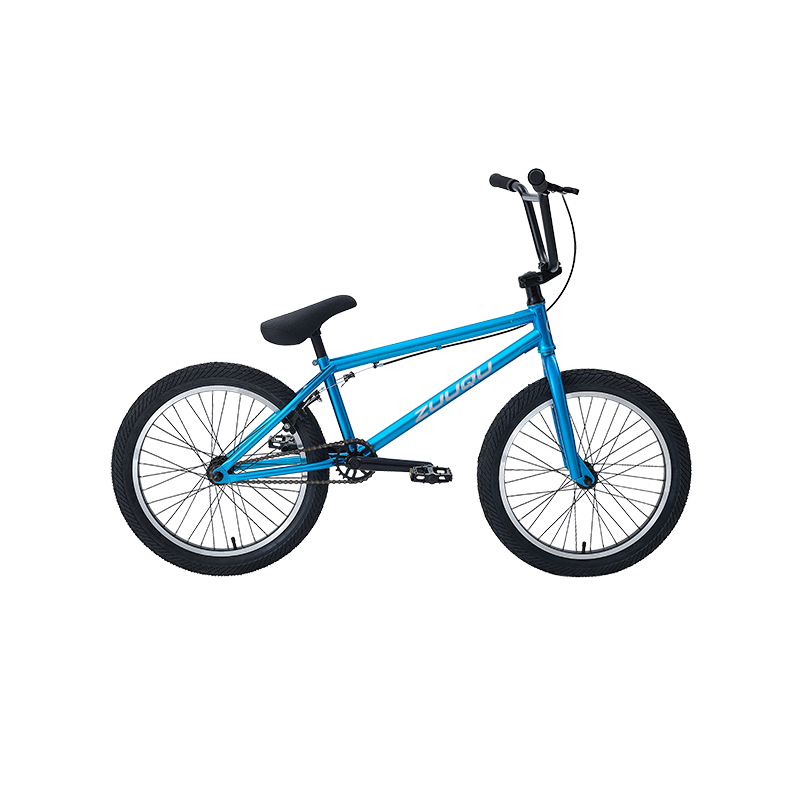

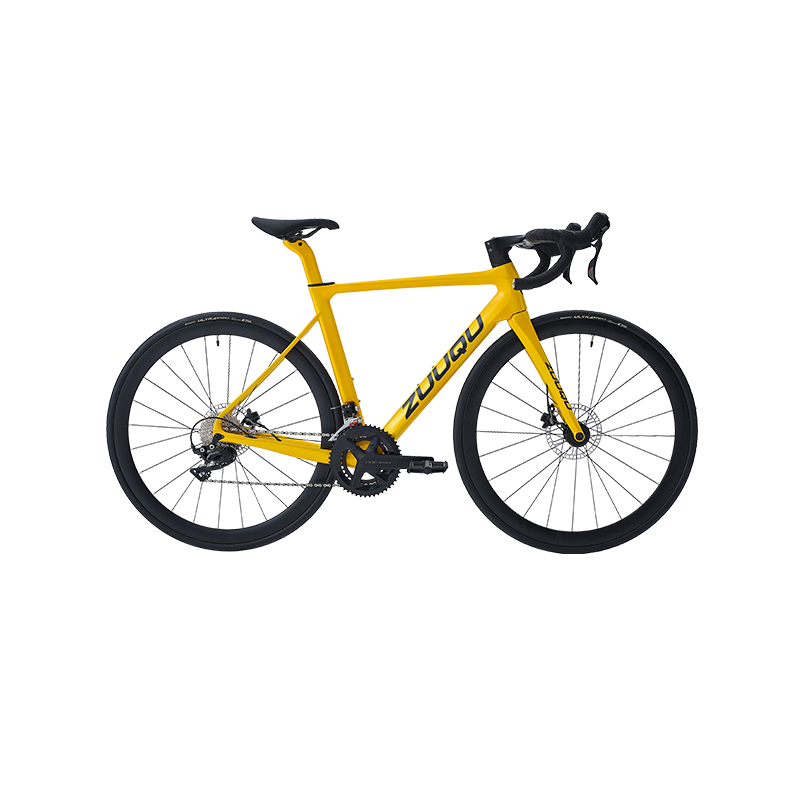
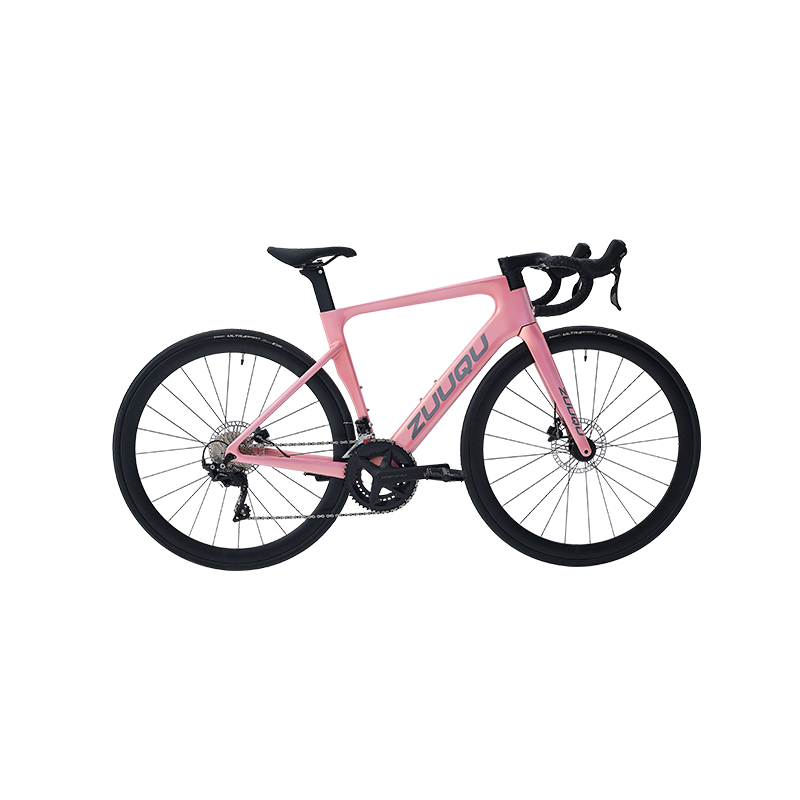
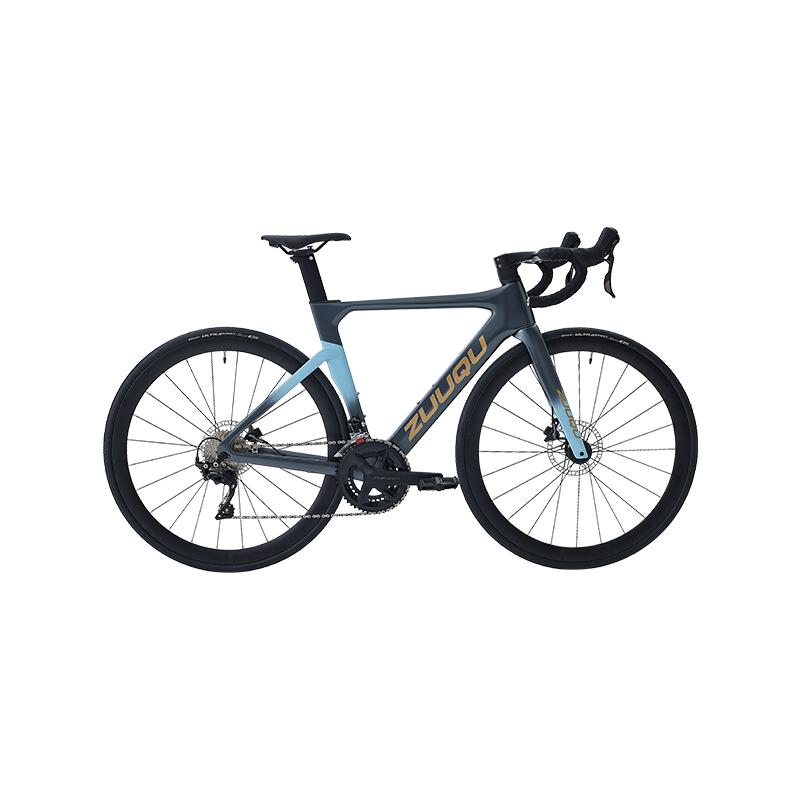
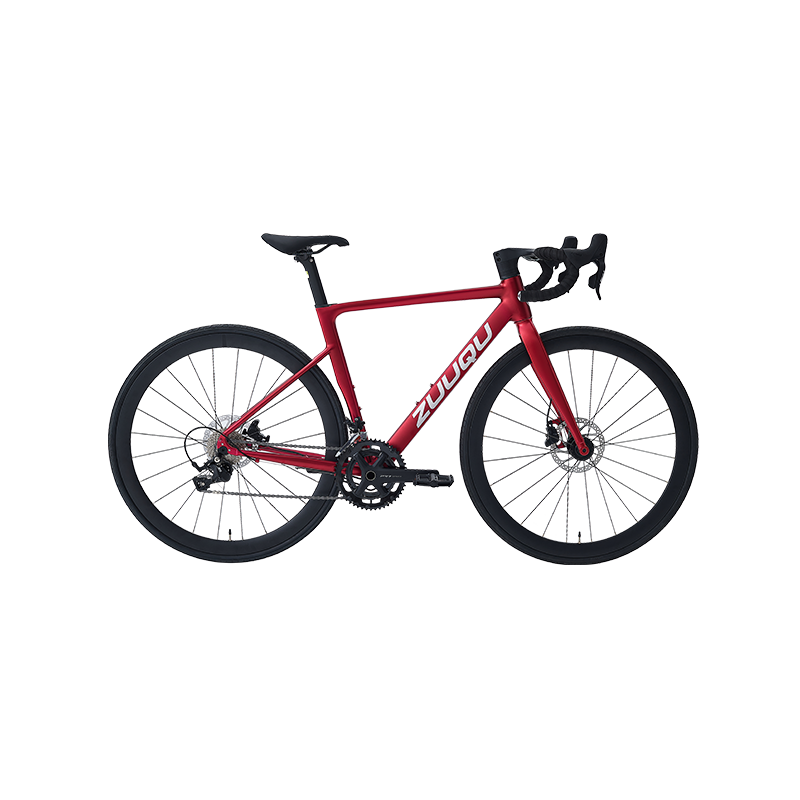
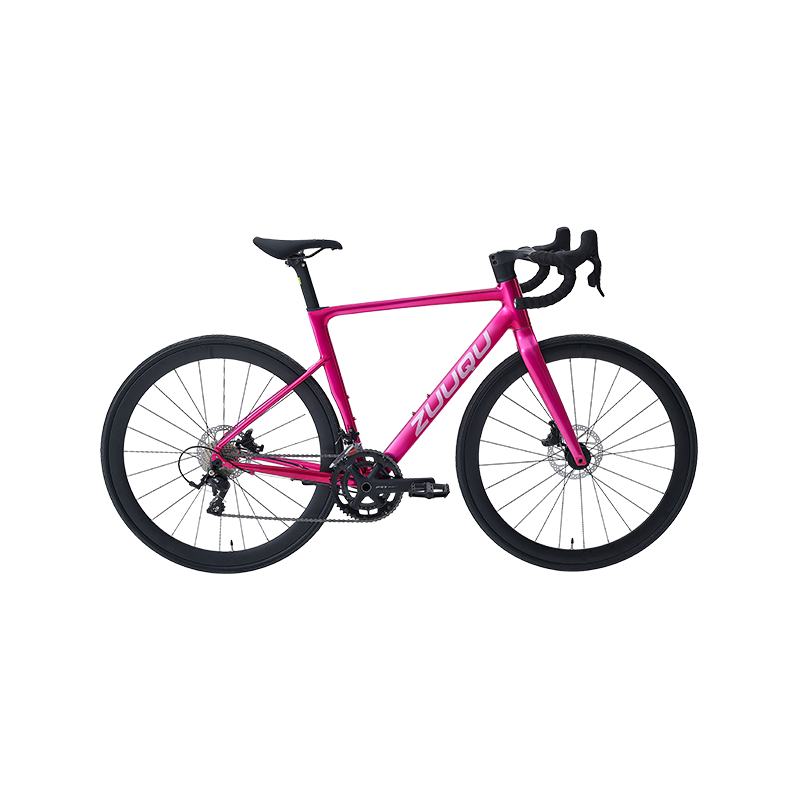
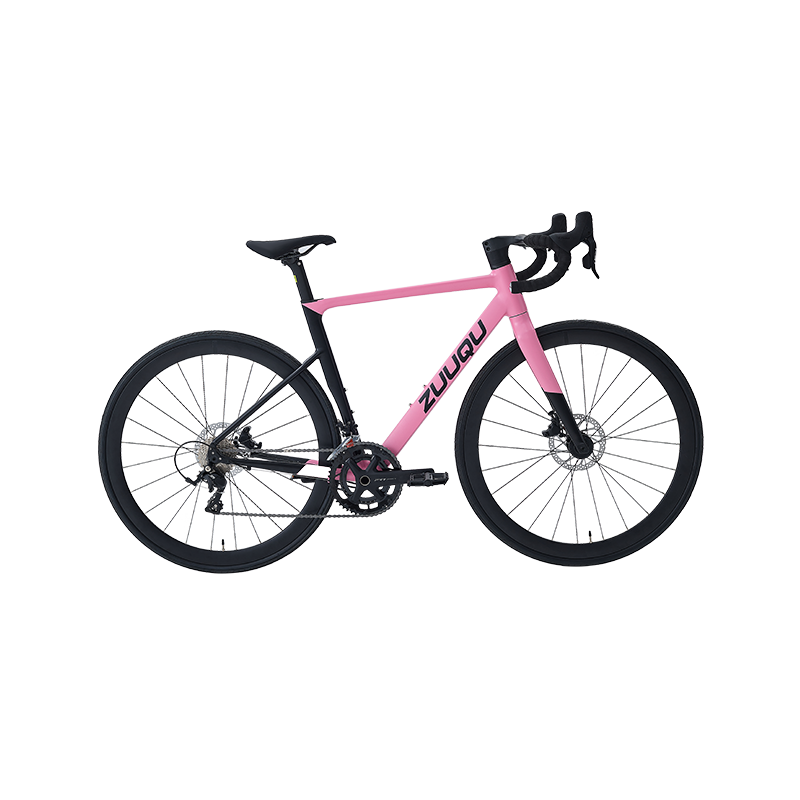
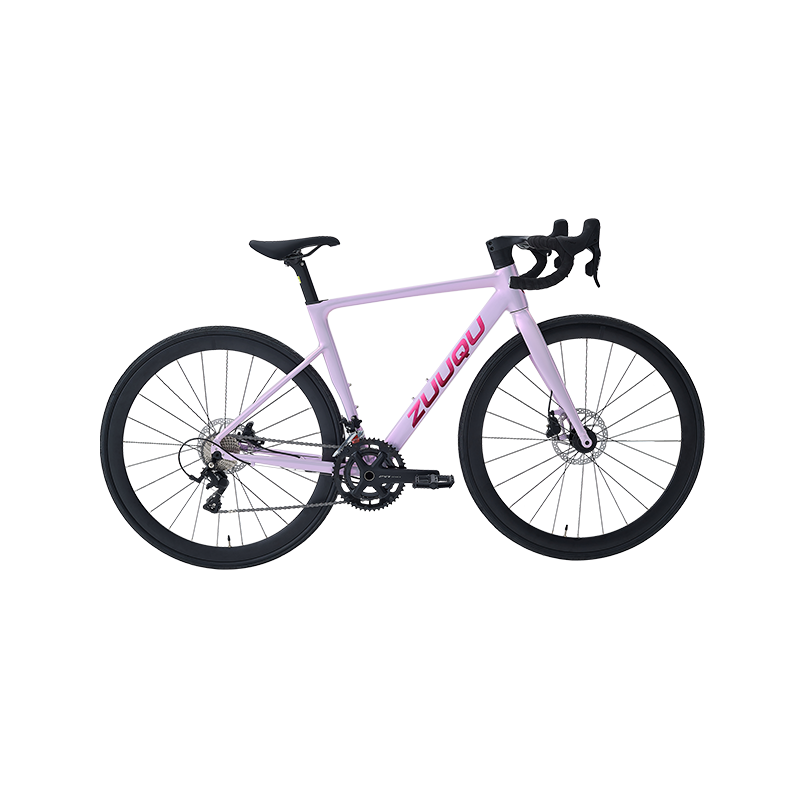
 Linhang industry park, Zhuji,
Linhang industry park, Zhuji,  +86-18858280688
+86-18858280688
